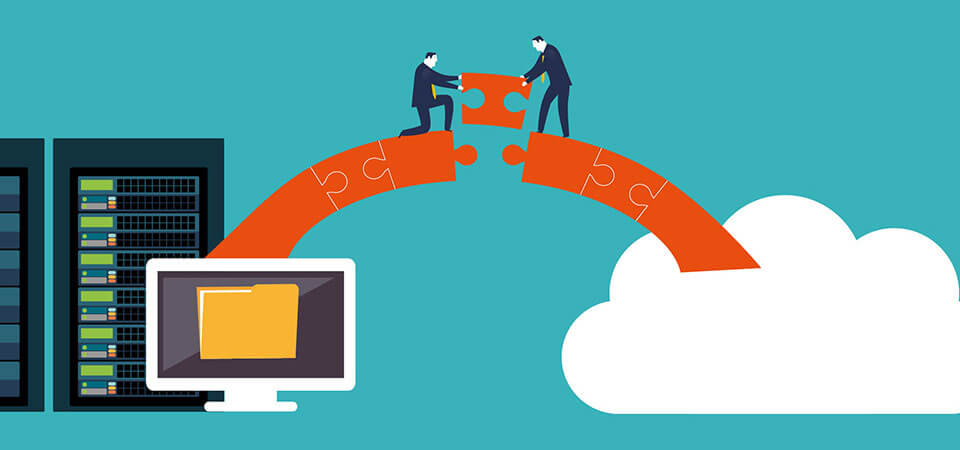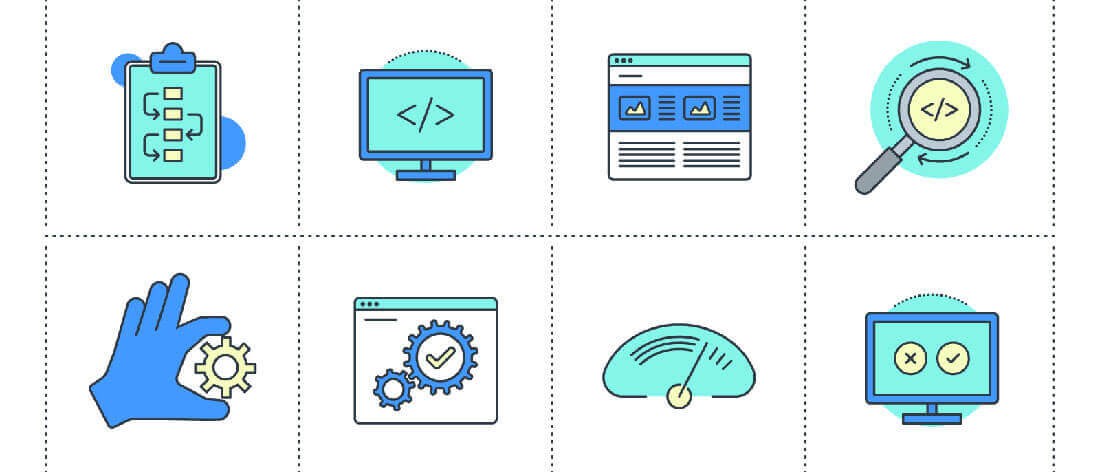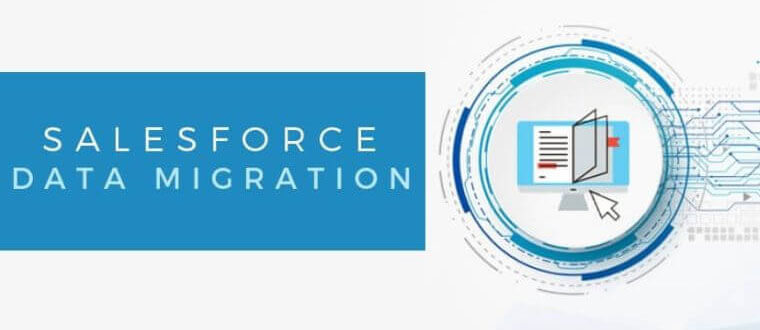 +1-302-213-1128
+1-302-213-1128
 +61 284 880 972
+61 284 880 972
 +91-120-4399820
+91-120-4399820
 +1-302-213-1128
+1-302-213-1128
 +61 284 880 972
+61 284 880 972
 +91-120-4399820
+91-120-4399820
Data migration is a process of transforming and transferring data. During the process the data is transferred from one storage system to another by following a strategic method of preparing, extracting, configuring, modifying if necessary and transferring to a platform where the data could be more secure and easier to access.
A successful migration entails following the best data migration rules and the most recommended data migration steps. As the cloud technology is something most of the new businesses are opting for, it is become a trend in companies that have used the technology sparingly, to migrate to it and completely rely on it for the future of their business. Should you migrate to cloud is not the question anymore.

The question is when are you going to migrate to cloud. One of the major cloud service provider, Salesforce, offers all the services you need for a perfect CRM and a fully equipped sales, customer service, internal employee management and IAM system for companies belonging to almost every industry of business.
An imperfect data migration process can result in huge loss of important information and misplacement of data along with a huge migration cost to the company. There are certain data migration steps that a company must follow to ensure that the process is successful and less time-taking. The following are the best data migration rules you must follow:
1. Auditing and Data Mapping: Audit is one of the most important activities for a company. It is extremely important to get it done on a yearly basis for your financials and it is important when it comes to data migration. The audit would help you find out if there are data liability flaws and which of the data is required and which are not.

2. Preparing: The second most important step in the process is cleaning up the audited data and making it data compliant for the new storage software. For companies that have been running for over a year, there usually is more unwanted data in the system than wanted data. Getting rid of tons of unwanted data could save time and make the process less risky.
3. Setting a Timeline: After successfully mapping and refining the data the next step is to decide how long the process is going to take. Then there are two methods to choose from for the next step. You must ensure that your data is protected during the migration and there is a duplicate of the data that is kept aside before the starting the work.

4. Enhance and Optimize: No matter where you gather the data from, be it ecommerce websites, social media, POS modules or direct mailing, it is extremely important to transform the data and optimized it before data migration. The format of the data should be compatible for the technology to which you are migrating the data.
5. Conducting Tests: The next most important step is conducting tests. Test more than once so that the migration is successful in the first go. The code is supposed to be doing the job it is meant to do. The data should be completely optimized and ready for transfer. The process should secure from cybercrimes and careless loss. Once the system is live it becomes difficult to make corrections and stop the flaws from causing damage.

6. The Task - Data Migration : This is the step you migrate the data and start the process to be completed within a specific timeline, under a specific budget and with all the data secured and optimized. There are two methods of data migration, you can either migrate all the data at once or you can so it little by little.The choice would depend on the divisions of information, the quantity of data and the timeline by which you need to complete the process.
7. Loading the Data: Once the migration process has begun you need to load the data that need to be migrated and begin the process. There is nothing much to do during this step. You just need to wait and keep a watch for any glitches in case they occur.
8. Final Clean Up: Once the data has been migrated and if you have successfully done it, the the final step is to audit and clean up. A final audit will confirm that the data is secure and there were no flaws during the process of the migration. This will help you find data that you feel is still not required, and you can clean it up.

Data migration the answer to your requirements of upgraded servers, relocating to a data center and having a streamlined process of data storage and access. The above steps are the best data migration steps that every tech expert follows for the process. Make sure you have copied the data first, because no matter how flawless your methods may be there is always a chance for something to go wrong. Three things; keep a copy of all the refined data, test and retest the strategy, and do not rush not matter how little time you have to complete the process.
Leave a Message
Recent Blogs
-December 10, 2021: Learn About Package Development Salesforce
-November 26, 2021: The Power of IT Solutions for the Retail Industry
-November 11, 2021: Wide Spectrum of Salesforce Application Development Services
-November 02, 2021: Why Should You Use The Package Development Model In Salesforce?
-November 01, 2021: All You Need To Know About Integrating Tableau Into Salesforce
View More Blogs...